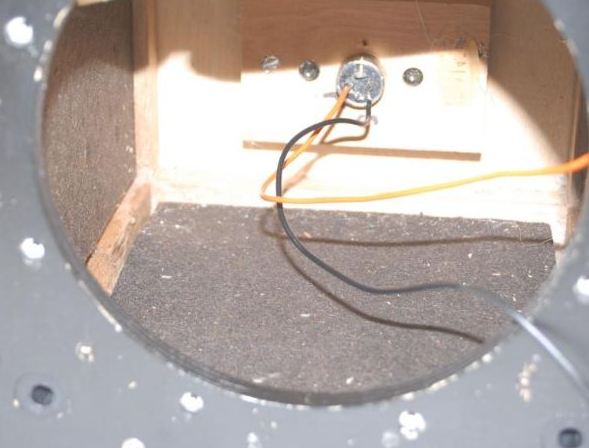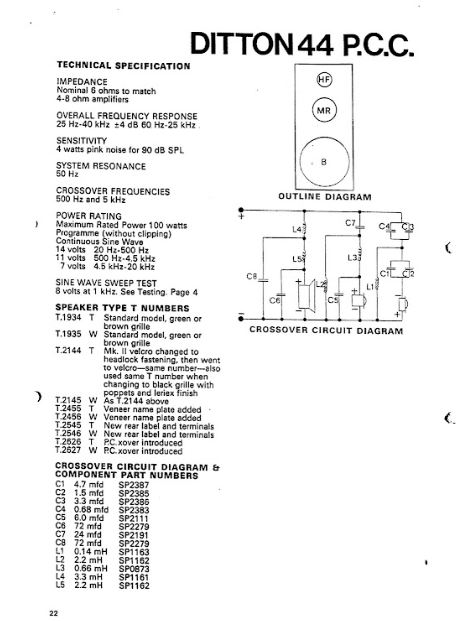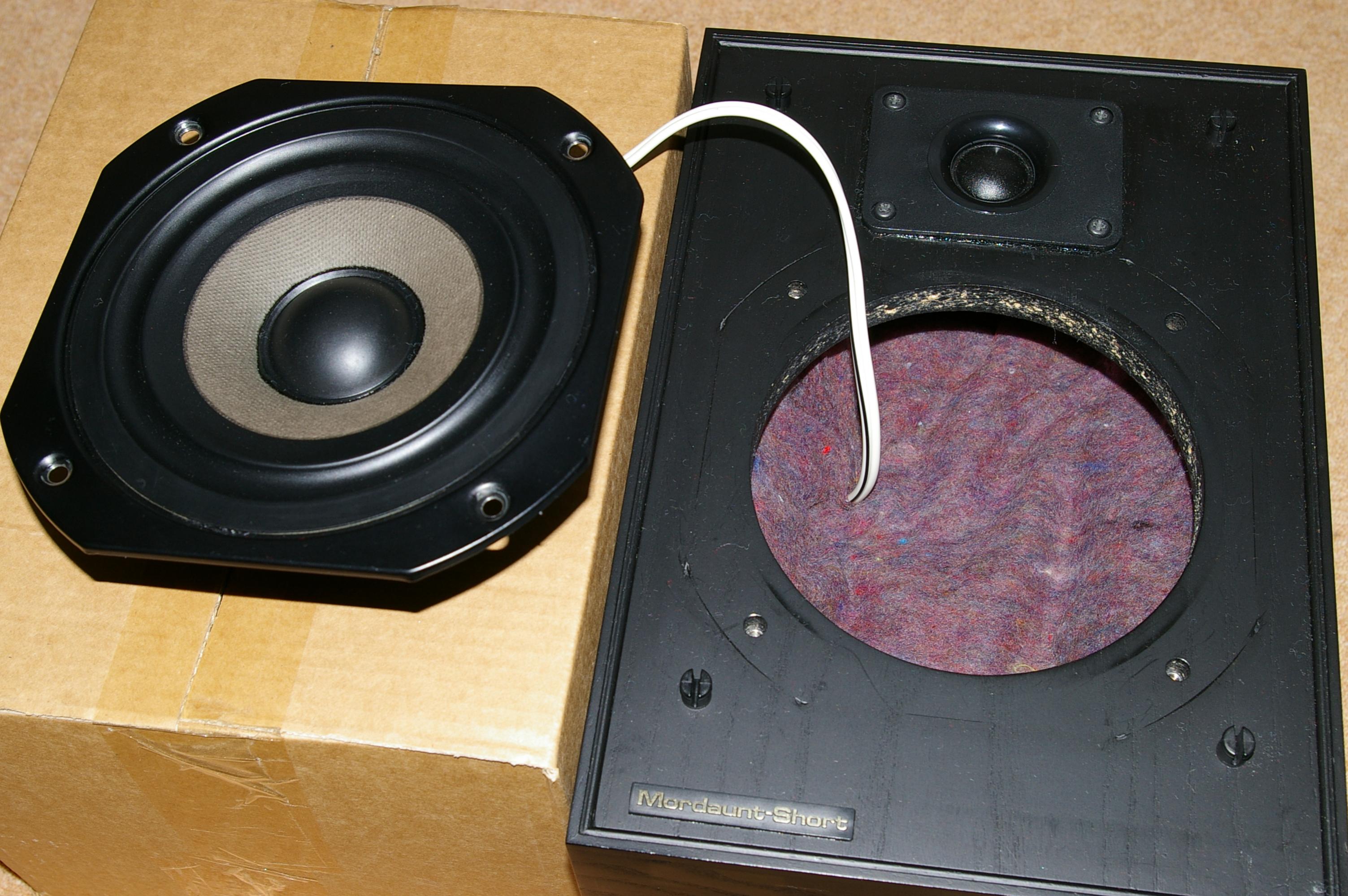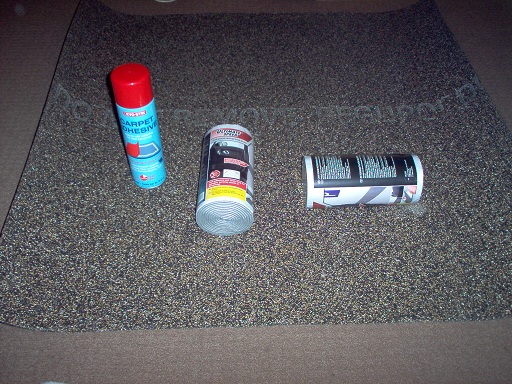I have a pair of Celestion Ditton 44s which I bought new in 1974 and have just spent quite a few months recapping and refurbishing them, following the advice on a couple of very long threads on here (thanks alan-1-b), taking great care experimenting with the ESR compensating resistor values. Although the sound will inevitably change replacing electros with PP caps I’m now very happy with the voicing and think I’ve got them as close to original as possible, albeit with much greater clarity and a very balanced sound. No peaks or obvious dips.
At the same time, I’ve been upgrading / servicing my source kit and have now reached that magical point where the timbre and general realism of the music has stepped up to another level (2 actually). It’s just wonderful and I’m staggered that these nearly 50 year old speakers can sound so good. It’s like they disappear and the sound just comes from the whole end of the room where they’re placed.
I should also say that I replaced the tweeters with SEAS 19TFF1s and eventually used ClarityCap CSA capacitors for the tweeter and mids in the cross over, and Cross Caps for the bass section. I also put the Cross Caps on a separate board due to their size and positioned both boards on the bottom of the speaker to keep them as far away from the bass driver magnet as possible. This was just one of many small changes which cumulatively improved the SQ.
However, all these improvements have brought out a shortcoming in the speakers which wasn’t obvious before. The mid range was not quite as clear as I think it could be so I replaced the original foam in the mids box with some old glass wool insulation. This has completely removed a slight masking, particularly with vocals. I may change this later if there is a better option.
So now I’m looking for some advice on how to improve the detail of the bass. I love the deep lazy bass produced by these speakers but perhaps the detail could be improved with different damping material. Does anybody here have first hand experience doing this with 44s or 66s? The original damping is the yellow “furniture” foam – a long sheet down both sides and along the bottom, with a large block filling the space behind the driver.
I’m open to suggestions. Perhaps using uncarded wool or even the rather exotic Mundorf Angel Hair. Then what about acoustic panels up the side?
At the same time, I’ve been upgrading / servicing my source kit and have now reached that magical point where the timbre and general realism of the music has stepped up to another level (2 actually). It’s just wonderful and I’m staggered that these nearly 50 year old speakers can sound so good. It’s like they disappear and the sound just comes from the whole end of the room where they’re placed.
I should also say that I replaced the tweeters with SEAS 19TFF1s and eventually used ClarityCap CSA capacitors for the tweeter and mids in the cross over, and Cross Caps for the bass section. I also put the Cross Caps on a separate board due to their size and positioned both boards on the bottom of the speaker to keep them as far away from the bass driver magnet as possible. This was just one of many small changes which cumulatively improved the SQ.
However, all these improvements have brought out a shortcoming in the speakers which wasn’t obvious before. The mid range was not quite as clear as I think it could be so I replaced the original foam in the mids box with some old glass wool insulation. This has completely removed a slight masking, particularly with vocals. I may change this later if there is a better option.
So now I’m looking for some advice on how to improve the detail of the bass. I love the deep lazy bass produced by these speakers but perhaps the detail could be improved with different damping material. Does anybody here have first hand experience doing this with 44s or 66s? The original damping is the yellow “furniture” foam – a long sheet down both sides and along the bottom, with a large block filling the space behind the driver.
I’m open to suggestions. Perhaps using uncarded wool or even the rather exotic Mundorf Angel Hair. Then what about acoustic panels up the side?
Glass wool already does a good job of reducing variations in the cabinet. You might experiment with how much is enough. Did you then say you wanted to look at the walls vibrating?
What about genuine British Herdwick Sheep's wool which is available here:I’m open to suggestions. Perhaps using uncarded wool or even the rather exotic Mundorf Angel Hair.
Loudspeaker Cabinet Damping Materials
The loose wool fibres settle in volume after a period so are best stuffed into small parcels using modified fine denier tights!
AllenB. There are no cabinet vibrations that I am aware of. Just thought felt on the side / back would improve damping. The original foam is a very crude but cheap method of damping. I'm sure it can be improved on.
Galu. That's a good article describing the effects of different materials and quite reasonably priced wool / felt.
It's not a subject I'm that familiar with hence the query.
Galu. That's a good article describing the effects of different materials and quite reasonably priced wool / felt.
It's not a subject I'm that familiar with hence the query.
My observation on some old Ditton 44's I owned was the back panel was cracking away from the sides with vibration.
I don't have them anymore, but if I did, I would put a few small 2" long thin beech battens (available at model shops) and some PVA wood glue around the back to tighten them up and strengthen them at a few points.
Spendor used to use battens a lot, but whether overly heavy battening is useful, I doubt. They also stuck heavy damping to the side panels, felt or rubbery stuff with carpet glue.

I don't have them anymore, but if I did, I would put a few small 2" long thin beech battens (available at model shops) and some PVA wood glue around the back to tighten them up and strengthen them at a few points.
Spendor used to use battens a lot, but whether overly heavy battening is useful, I doubt. They also stuck heavy damping to the side panels, felt or rubbery stuff with carpet glue.
Wool has some of the best absorption characteristics I know of per unit of material, as the fibers have a tighter "kink" than polyfil and most other fibers. I doubt there's a huge sound difference between materials, but polyfil requires more of it for the same absorption, so may limit how much you can insert in the cabinet vs wool.
The good news is that it's fully and easily reversible, so experiment a bit and see what you like best.
The good news is that it's fully and easily reversible, so experiment a bit and see what you like best.
Just to clarify a bit. It's not quantity of bass or resonances I want to improve on, it's quality. The SQ from the mid driver definitely improved when I replaced the foam with GF insulation and was hoping for similar with the woofer.
My cabinets are in good condition and I don't hear any cabinet resonance. Some room artifacts though but that's a whole other can of worms.
Agree that experimenting is the best way but was hoping to get a "starter for 10".
My cabinets are in good condition and I don't hear any cabinet resonance. Some room artifacts though but that's a whole other can of worms.
Agree that experimenting is the best way but was hoping to get a "starter for 10".
I agree that foam isn't the most effective material to use.
Removing midrange resonances is good but of course the cabinet is needed for shaping the bass, that effect is wanted. So absorbing bass isn't the goal of damping material in the most typical of cases such as closed or reflex boxes.
However when you talk about quality of bass, what can you mean? In a sense it also means quantity (Q=1/damping).
Removing midrange resonances is good but of course the cabinet is needed for shaping the bass, that effect is wanted. So absorbing bass isn't the goal of damping material in the most typical of cases such as closed or reflex boxes.
However when you talk about quality of bass, what can you mean? In a sense it also means quantity (Q=1/damping).
I was extremely impressed by the Ditton 44 as a loud party speaker. Integration between the drivers was excellent, and it seemed to create the wall of sound that is the mark of such things. Steep 4th order bass is quite unusual.

I would be wary of replacing the electrolytics on the bass and mid with film types, because my modelling suggested the significant resistance of the capacitors (ESR) helped smooth them a bit.
Bass was typical closed box, fast and lean. Obviously would benefit from being lifted off the floor in a large well-damped room. Only fault I found with them was a bit of (5kHz?) breakup from the 5" mid.
Filling the box with foam was quite Celestion. Other folks tended to merely line the box with foam and add some volume wadding. Like Galu's wool:

i still like the idea of sticking cabinet damping to the side, top and bottom panels:

I got this corky/rubbery Regupol stuff from the builders at work who were soundproofing a room.

I did notice the 12" bass surrounds had hardened over the years and wiped them with silicone. I also found the previous owner had wired one of the basses out of phase, which is a schoolboy error which is noted for ruining the bass sound.
Troels Gravesen gives his usual superb analysis of this type of speaker here|:
SEAS Kit 503
His 1R/10R attenuator/impedance correction on the mid must help deal with mid breakup.
I would be wary of replacing the electrolytics on the bass and mid with film types, because my modelling suggested the significant resistance of the capacitors (ESR) helped smooth them a bit.
Bass was typical closed box, fast and lean. Obviously would benefit from being lifted off the floor in a large well-damped room. Only fault I found with them was a bit of (5kHz?) breakup from the 5" mid.
Filling the box with foam was quite Celestion. Other folks tended to merely line the box with foam and add some volume wadding. Like Galu's wool:
i still like the idea of sticking cabinet damping to the side, top and bottom panels:
I got this corky/rubbery Regupol stuff from the builders at work who were soundproofing a room.
I did notice the 12" bass surrounds had hardened over the years and wiped them with silicone. I also found the previous owner had wired one of the basses out of phase, which is a schoolboy error which is noted for ruining the bass sound.
Troels Gravesen gives his usual superb analysis of this type of speaker here|:
SEAS Kit 503
His 1R/10R attenuator/impedance correction on the mid must help deal with mid breakup.
Just to close this query. I replaced the foam in the RH speaker with fibre glass insulation (the old brown long fibre type) and it sounded just awful - boomy and too loud - so put back the foam. Looks like Ditton's need quite a bit of damping to control the bass.
However, I left a little of the FG between the inner mid's box and the sides (there was nothing there initially) and this has improved the bass detail just slightly but noticeable. Lived with it for 10 days and done the same to the LH speaker.
So just going to call it a day with this as I've concluded that it's just another rabbit hole and HiFi is littered with them! But I'm a happy bunny.
Upgrading these speakers has been quite a journey with a couple of big leaps forward but mostly cumulative small steps. Think I've got them sounding as good as they will ever get considering their age and design limitations.
Thanks for all the replies.
Gordon.
However, I left a little of the FG between the inner mid's box and the sides (there was nothing there initially) and this has improved the bass detail just slightly but noticeable. Lived with it for 10 days and done the same to the LH speaker.
So just going to call it a day with this as I've concluded that it's just another rabbit hole and HiFi is littered with them! But I'm a happy bunny.
Upgrading these speakers has been quite a journey with a couple of big leaps forward but mostly cumulative small steps. Think I've got them sounding as good as they will ever get considering their age and design limitations.
Thanks for all the replies.
Gordon.
- Home
- Loudspeakers
- Multi-Way
- Celestion Ditton 44 cabinet damping advice